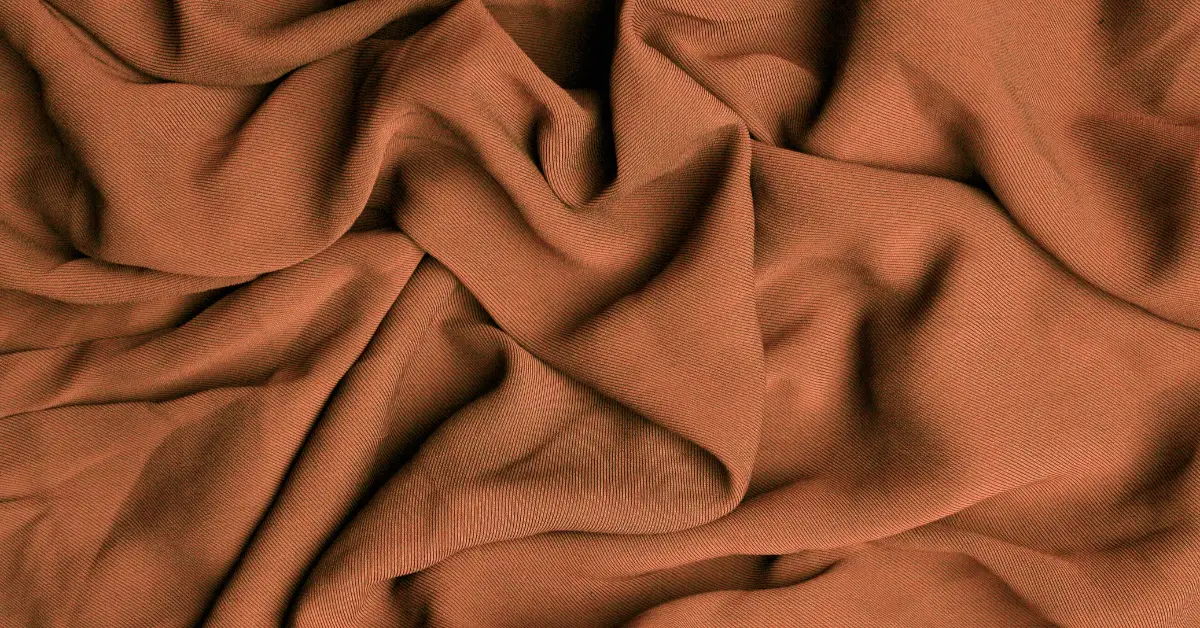Choosing the right fabric for your projector screen is essential to get the best image quality and viewing experience. The type of fabric you use will determine how much light is reflected back to the viewer, the color reproduction, and the contrast ratio. With so many different fabrics available, it can be overwhelming to choose the right one for your projector screen. In this guide, we’ll take you through the different types of fabrics suitable for projector screens, their qualities, and the factors to consider when choosing the perfect fabric for your projector screen. Whether you’re building a DIY projector screen or purchasing a ready-made one, our guide will help you make an informed decision. So, let’s dive in and find out the best fabric for projector screen use.
Table of Contents
What the Best Fabric for Projector Screen Use?
Choosing the right fabric for your projector screen is crucial in creating a great viewing experience. The right fabric can enhance the image quality and ensure that the colors are accurate and vivid. With so many options available, it can be challenging to determine which fabric is the best for your projector screen. In this guide, we will explore the best fabrics for projector screen use and the factors to consider when choosing the perfect fabric.
Qualities of the Best Fabric for Projector Screen Use
When selecting a fabric for your projector screen, you should consider the following qualities:
1. Gain
Gain refers to the amount of light reflected back to the viewer. A higher gain means that more light is reflected back, resulting in brighter images. However, a higher gain can also result in a narrower viewing angle and lower contrast ratio. A lower gain is better suited for larger screens or rooms with a lot of ambient light, while a higher gain is better suited for smaller screens or rooms with controlled lighting.
2. Color Accuracy
The fabric you choose should accurately reproduce the colors displayed by your projector. This ensures that the image on the screen is accurate and realistic.
3. Contrast Ratio
Contrast ratio is the difference between the lightest and darkest areas of an image. A high contrast ratio provides better detail in darker areas of the image, while a low contrast ratio can result in a washed-out image.
4. Viewing Angle
The viewing angle refers to the maximum angle from which the screen can be viewed without significant loss of image quality. A wider viewing angle ensures that viewers seated off-center can still enjoy a clear and accurate image.
Best Fabrics for Projector Screen Use
There are several fabric options for projector screens, each with its advantages and disadvantages. The most commonly used fabrics are:
1. White PVC (Polyvinyl Chloride) Fabric
White PVC fabric is a popular option for projector screens because of its high gain and color accuracy. It provides excellent image brightness and is easy to clean. However, it has a narrow viewing angle, making it less suitable for larger screens or rooms with multiple viewers.
2. Gray PVC Fabric
Gray PVC fabric has a lower gain than white PVC fabric but provides better contrast ratio and black levels. It is more suitable for larger screens or rooms with high ambient light as it reduces glare and improves image quality. However, it can result in a loss of image brightness and may require a brighter projector.
3. White Polyester Fabric
White polyester fabric is a good option for larger screens or rooms with multiple viewers due to its wider viewing angle. It has a lower gain than white PVC fabric but provides better color accuracy and contrast ratio. However, it may require a brighter projector to compensate for the lower gain.
4. Acoustically Transparent Fabric
Acoustically transparent fabric is a specialized type of fabric that allows sound to pass through while still providing excellent image quality. It is a great option for home theaters where speakers are placed behind the screen. However, it has a lower gain and may require a brighter projector.
Factors to Consider When Choosing the Best Fabric
When choosing the best fabric for your projector screen, consider the following factors:
- Room Lighting – Consider the ambient lighting in the room where you’ll be using the projector screen. If there is a lot of natural light, a fabric with a higher gain may be necessary to counteract the brightness.
- Screen Size – The size of the screen will affect the gain and viewing angle required for optimal image quality.
- Projector Brightness – A brighter projector may be necessary for fabrics with lower gains.
- Viewing Distance – The viewing distance will affect the required image brightness and viewing angle.
Conclusion
In conclusion, choosing the right fabric for your projector screen is crucial in creating an immersive and enjoyable viewing experience. When selecting a fabric, consider the gain, color accuracy, contrast ratio, and viewing angle to ensure optimal image quality. White PVC fabric provides excellent brightness, while gray PVC fabric enhances contrast ratio and black levels. White polyester fabric has a wider viewing angle, and acoustically transparent fabric is perfect for home theaters with speakers placed behind the screen. Consider the room lighting, screen size, projector brightness, and viewing distance when choosing the perfect fabric. By taking these factors into account, you can select the best fabric for your projector screen and enjoy your favorite movies and shows in the best possible quality.

